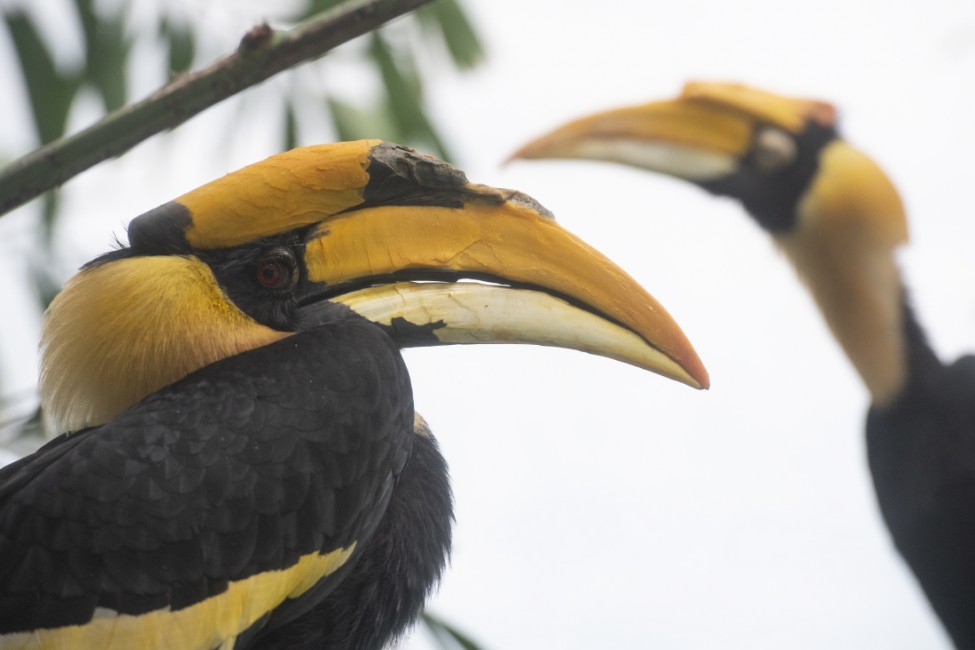
February 18, 2020
Hornbill Housekeeping
- as seen by -
 Timothy Mohl
Timothy Mohl
Our great hornbills (Buceros bicornis) are ready for their annual breeding season. Found in the hornbill area of WCS’s Bronx Zoo World of Birds, there are three very large cylindrical exhibits which allow for unobstructed flight. These spaces are some of our largest single species housings where our hornbills can go about their business.
Setting up the hornbill exhibit is always exciting – especially this time of year. I climb up into their personal space to clean out and refill their nest cavities with fresh substrate. These hornbills from Asia are the largest of their Bucerotidae family. I can hear their wings creating a loud swooshing sound as these big birds come to investigate what a sneaky keeper is doing to their nest. With its powerful bill, a defensive hornbill male keeps this keeper on his toes as I help with their housekeeping. It is all with the hope that the restoration works and the female will lay her eggs in the tree cavity. Then, the male will use mud to seal the female in for about 28-30 days while she incubates her clutch .
The job of a zookeeper isn’t just the immediate care of these vulnerable birds and other threatened species, it is also about learning and developing animal husbandry techniques, preparing diets, and contributing to species management programs. Our goals are to obtain information that can help our global conservation colleagues better protect species such as hornbills in the wild.
Nikon D5
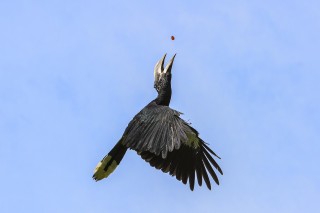
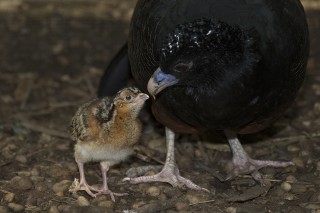
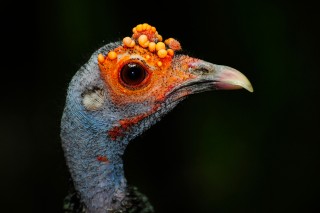
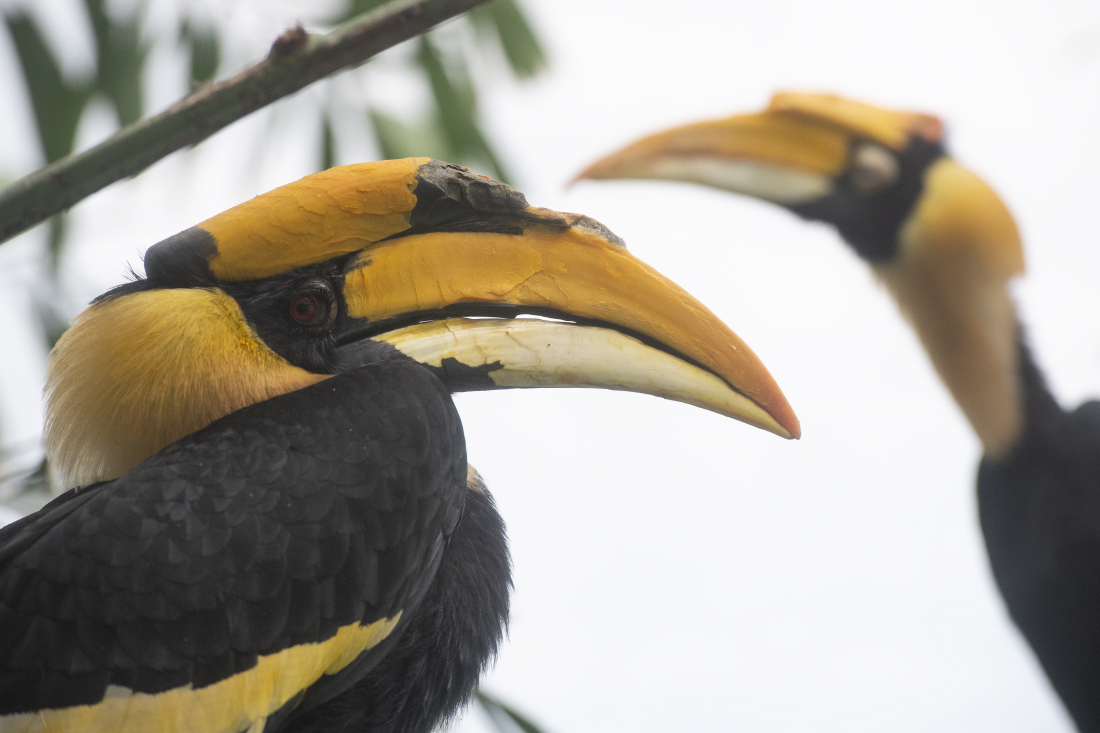
Leave a Comment